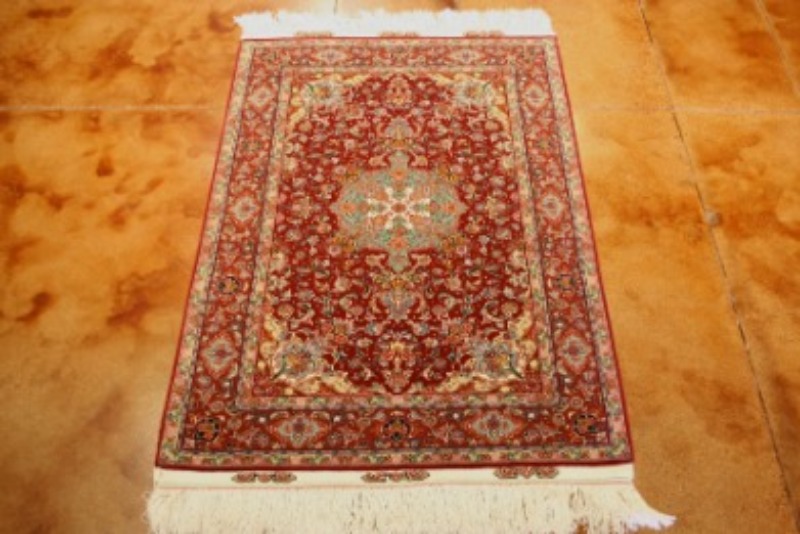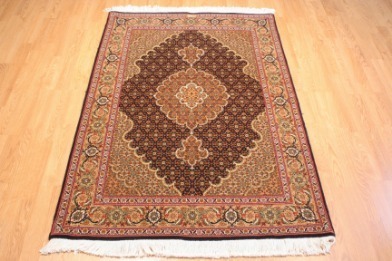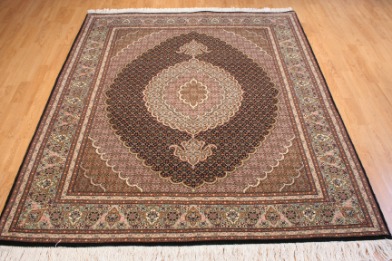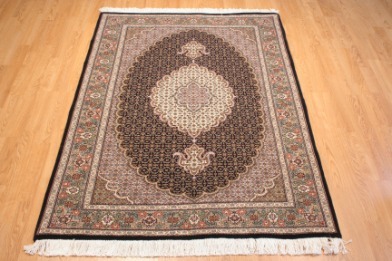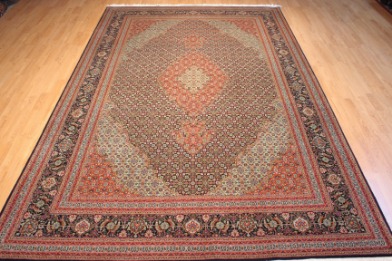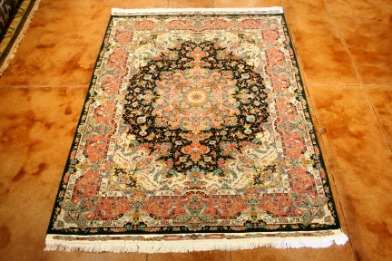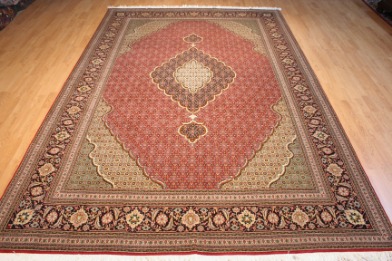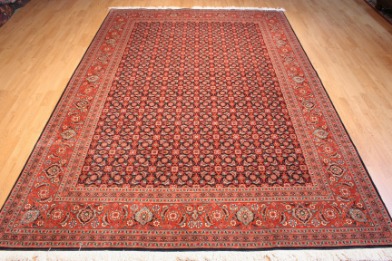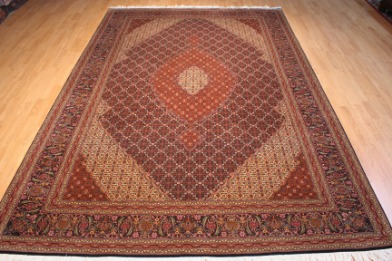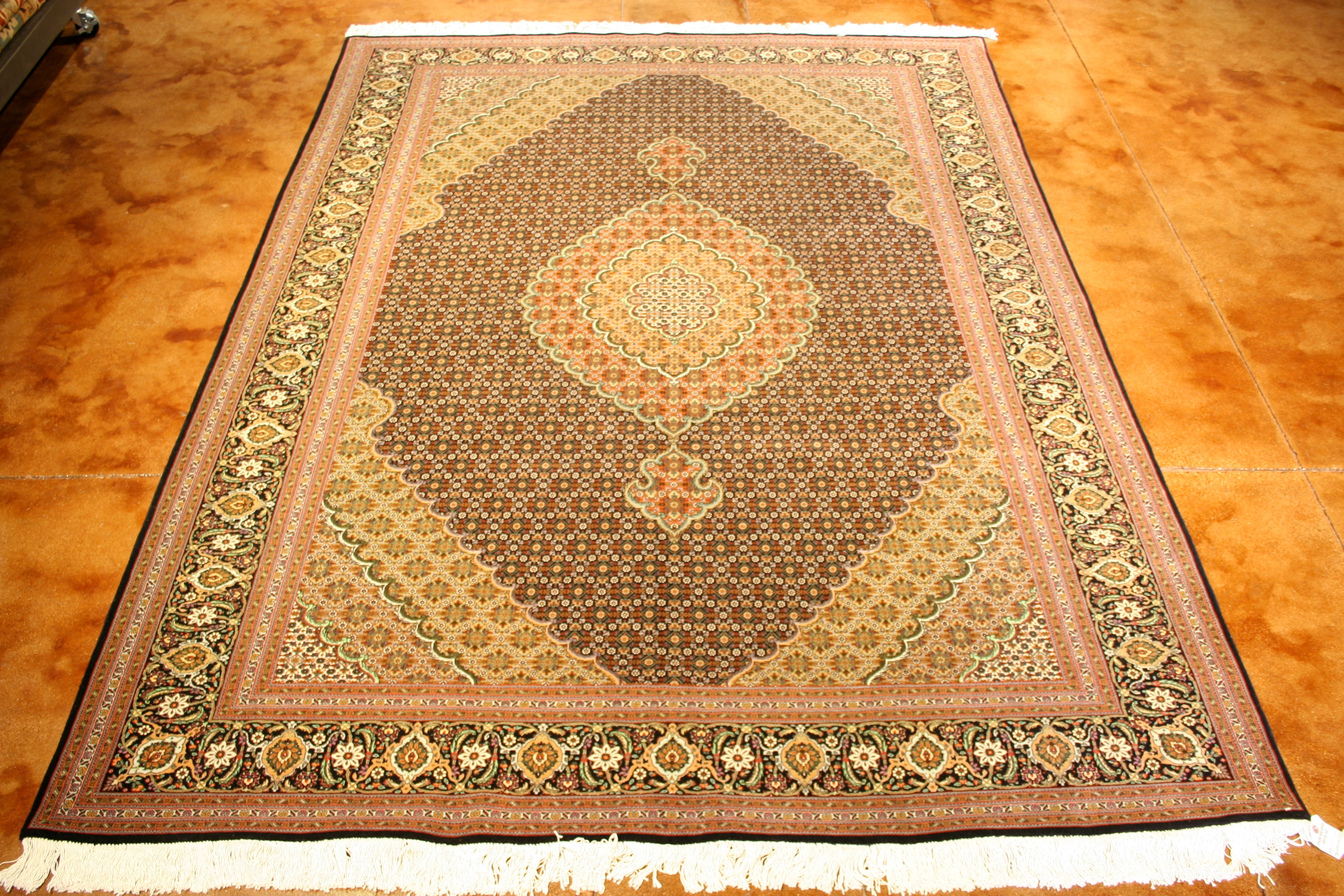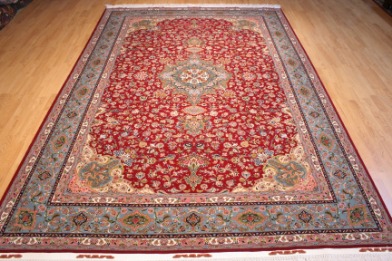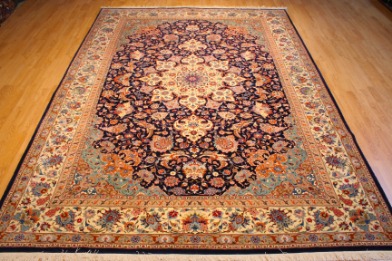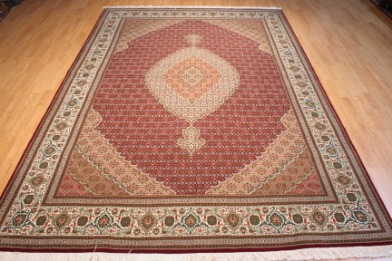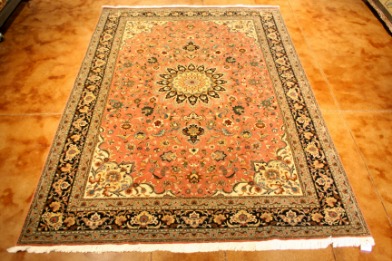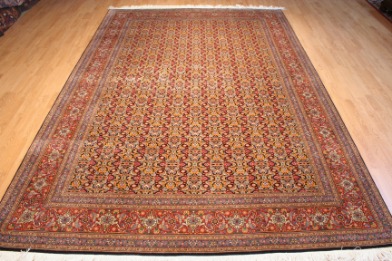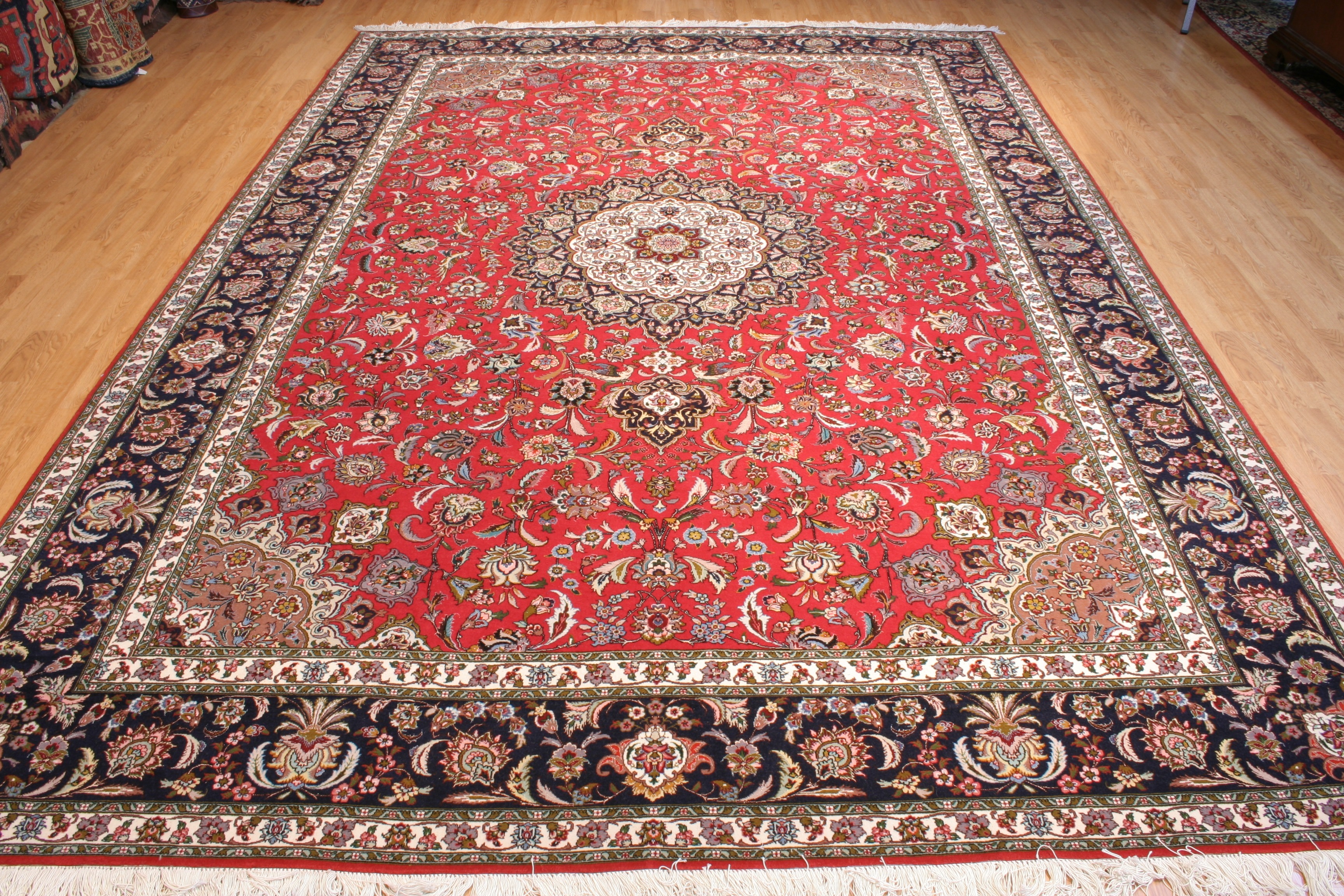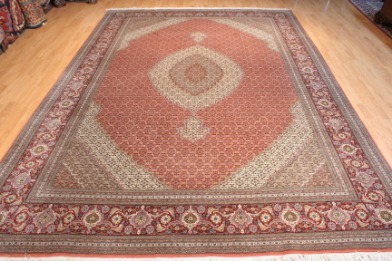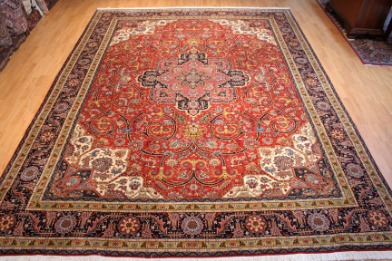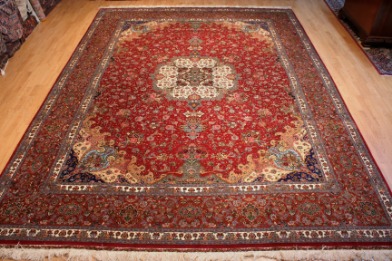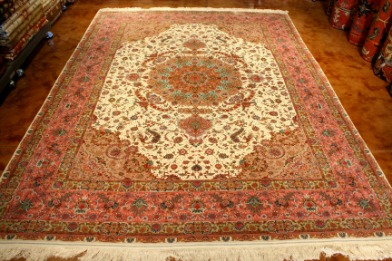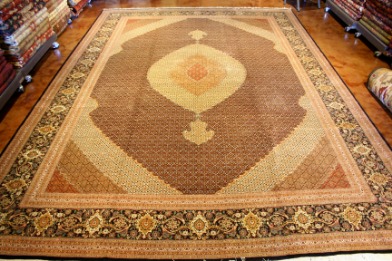Fine Persian Tabriz Rugs
The Tabriz Rug from the City of Master Weavers
Tabriz is one of the greatest Persian carpet weaving centers of all time. Due to its location on the Silk Road with its great caravans, Tabriz has been and is a gathering center for the entire North Western region of Iran. With such a history and confluence of art and culture is it any wonder that Tabriz boasts the greatest variety of weaving design and quality of anywhere on earth. Tabriz produces and exports rugs from the lowest commercial grade to the most outstanding examples of antique and art-level rugs. The rugs range from geometric design, floral design, all-over Herati motifs, and all the way to the great fish or mahi pattern. In the rug world, there is something for everyone in Tabriz rugs.
Tabriz Rugs Quality and Design
Typically Persian Tabriz rugs are graded using what is known as Raj. A Raj is the number of knots or knot density across 7 centimeters on the back of the rug. For example a 50 raj rug counts 50 knots in 7 centimeters across the back and equates to 18 knots across the inch or 320 knots per square inch (KPSI). Commercial grade rugs or cheap Bazaar qualities start at about 25 raj and extremely fine rugs can go up to 100 raj. Very fine Persian Tabriz wool & silk rugs woven on a silk foundation are typically 60 raj (480 Kpsi) or finer. These days rugs woven with a combination of wool & silk in 70 raj and above (575 kpsi) are rare and very expensive. The finer the rug, the longer it takes to weave. In very fine rugs the cost of labor far exceeds the cost of materials. Therefore as a general rule, the finer the rug, the finer the materials and the more expense incurred in the design and range of colors. It is a senseless endeavor to weave a fine rug (extreme labor costs) with inferior materials or an unattractive design. The beauty and desirability of a fine Tabriz should increase greatly with the quality of the rug. The design elements of Tabriz rugs are limitless and the color combinations are endless. High quality Tabriz rugs can be distinguished by many factors. Knot count, design, and construction. The weaving techniques used by traditional Tabriz weavers include the use of a hook-like tool when they cut the yarn after tying the knots. The use of this tool gives a very steady pressure on the knot as it is being tied. The result is that a professional Tabriz weaver produces a carpet with extraordinary precision and even knotting. It is this precision that experts look for in very fine Tabriz rugs.
Contact us and we'll help you find find the perfect piece for your home.
© 2020 Andreis Rug Gallery
Powered by Kickback Digital

